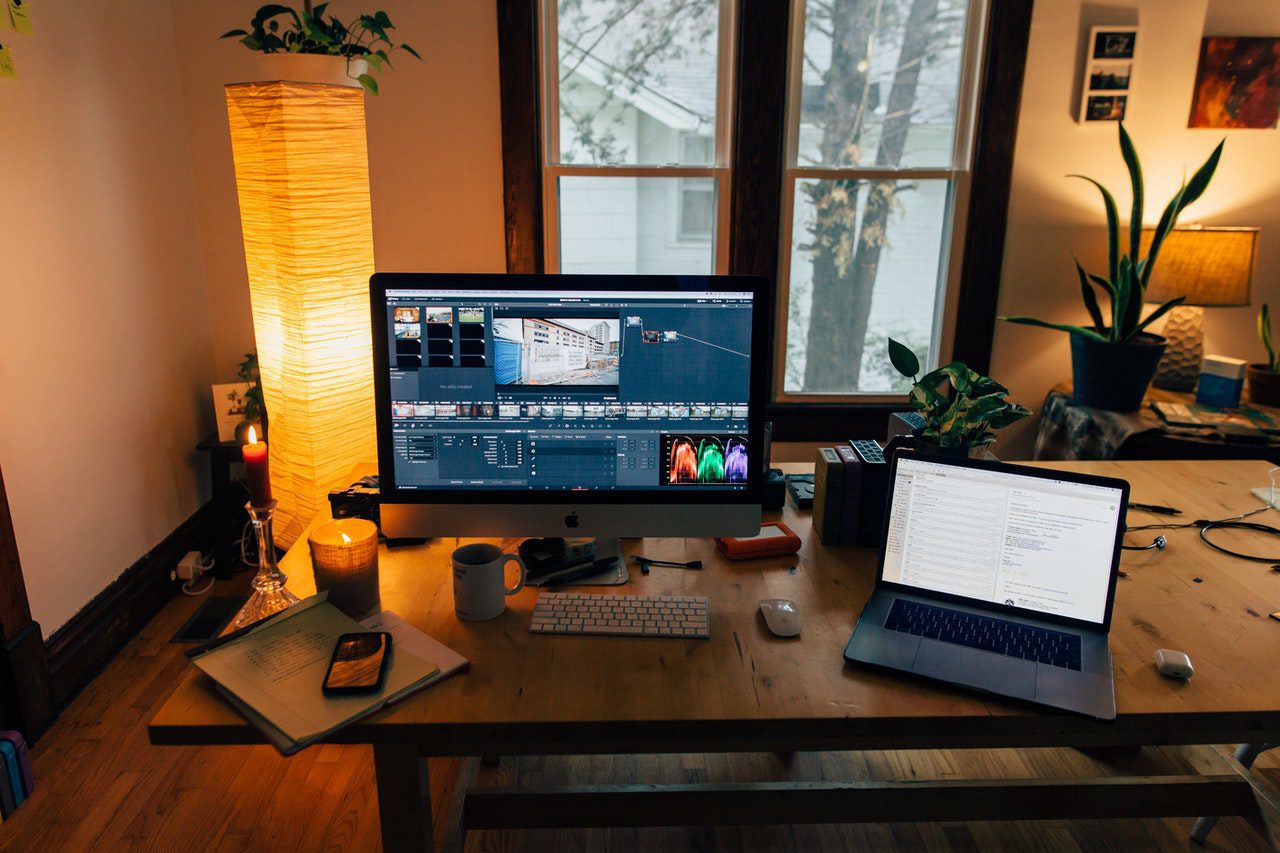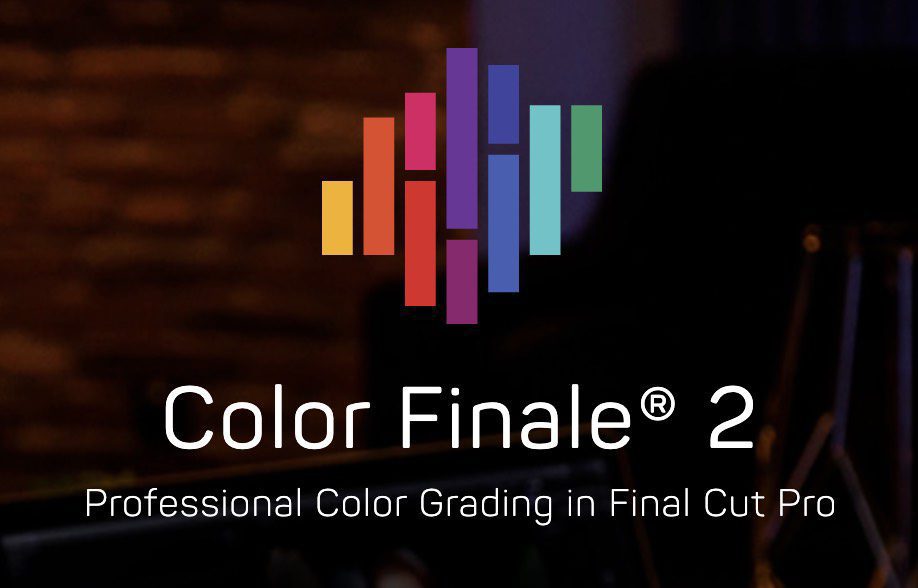There is a major misunderstanding among casual video editors of the difference between color correction vs color grading. Many people use the words color grading and color correction interchangeably. But in fact, these refer to two totally different processes. Generally, color correction goes first to normalize footage. This is followed by color grading to stylize it.
In this post, learn what the difference is between color correction vs color grading.
Color Correction vs Color Grading
In order to make this topic easy-to-understand, we’ll break this into 3 basic sections. First, we’ll cover what color correction is. Then, what color grading is. Finally, we’ll end by directly comparing color grading vs color correction.
Before we cover anything though, it’s important to make sure you have the best color correction and color grading software available. For those editing in Final Cut Pro X, consider Color Finale 2, my personal favorite plugin for editing colors in my videos. You can start a 7-day free trial by clicking on the image below.
Finally, make sure your monitor is accurately displaying colors. Okay, now let’s get into the differences between color grading and color correction.
What is Color Correction?
Color correction is where you edit the color and appearance of footage to all match. The goal here is a consistent look. Basically, color correction is focused on balancing colors, adjusting exposures and addressing issues that make footage look different. Think of it as ‘fixing’ your footage.
For example, consider a situation where your shoot takes all day. You shoot from sunrise to sunset but your video is meant to take place all within a single hour of time. Due to differences in light throughout the day, it’s highly likely you will have variations in how your footage looks.
That’s where color correction comes in. Before applying any film grain or going for a distinct color style, you need to make all your footage appear as similar as possible. If you skip the step of color correction and move on to color grading, you will find that the color grade does not apply evenly. Here are 3 main things you should pay attention to while color correcting (though there are definitely others):
- Exposure
- Contrast
- Temperature
Here is an excellent beginners guide to color correction from one of our favorite YouTube tutorial creators, Jeven Dovey:
What is Color Grading?
Color grading is the process of applying a unique look or style to your video. Applying a film look or turning the video into black and white are both forms of color grading. If color correcting is the process of ‘fixing’ footage, then color grading is the process of ‘stylizing’ footage.
But you can only color grade after you’ve color corrected.
While color correction is a necessary step for any video editor, it can often times be frustrating and dull. Color grading is where we have fun. Here are some of the main things you’ll be editing as you color grade:
- Color saturation and intensity
- Hues
- Sharpness
- Grain level
- Color curves
- and much more
Color grading is what gives a movie or video it’s ‘feel’. And even though most casual viewers won’t fully register the impact a color grade has on them, the color or look of a film has great influence in how it makes its viewers feel.
Here is an excellent color grading tutorial from YouTuber Daniel Schiffer:
The Final Word: Color Grading vs. Color Correction
To sum it all up, let’s just cover the 3 essential points. Here are basics about color grading vs. color correction:
- Always color correct before you color grade.
- Color correction is the process of ‘fixing’ your footage. Everything should match in terms of exposure and temperature.
- Color grading is the process of ‘stylizing’ your footage. Here, you will adjust hues, color curves and more to achieve a look.
Now that you have a better understanding of the difference between color correction and color grading, check out another key piece of information in the world of editing color. This is the debate between shooting and editing in sRGB vs Adobe RGB.

